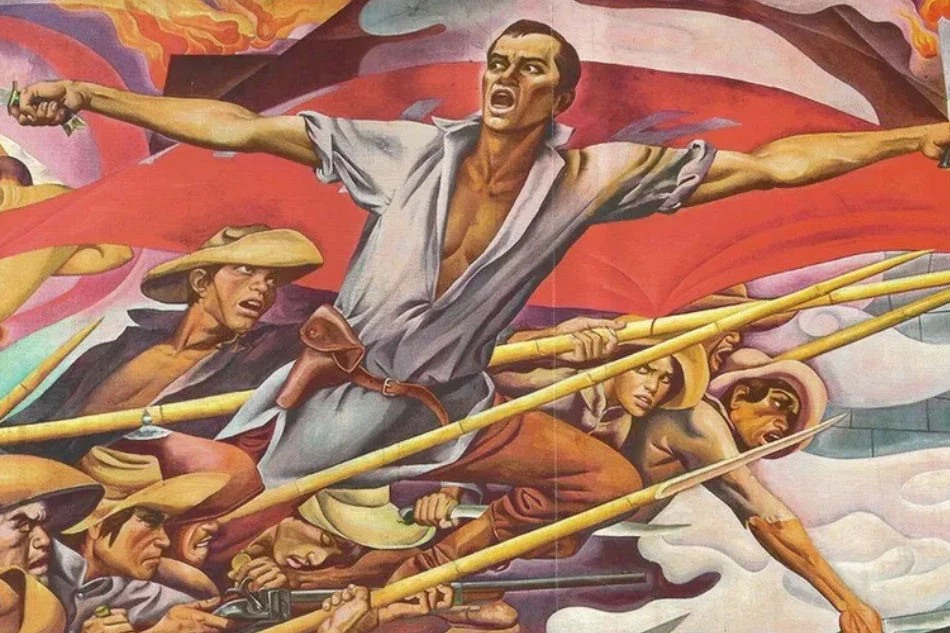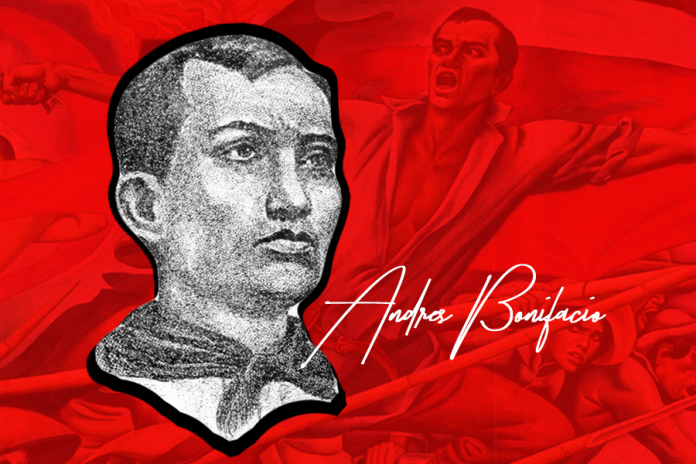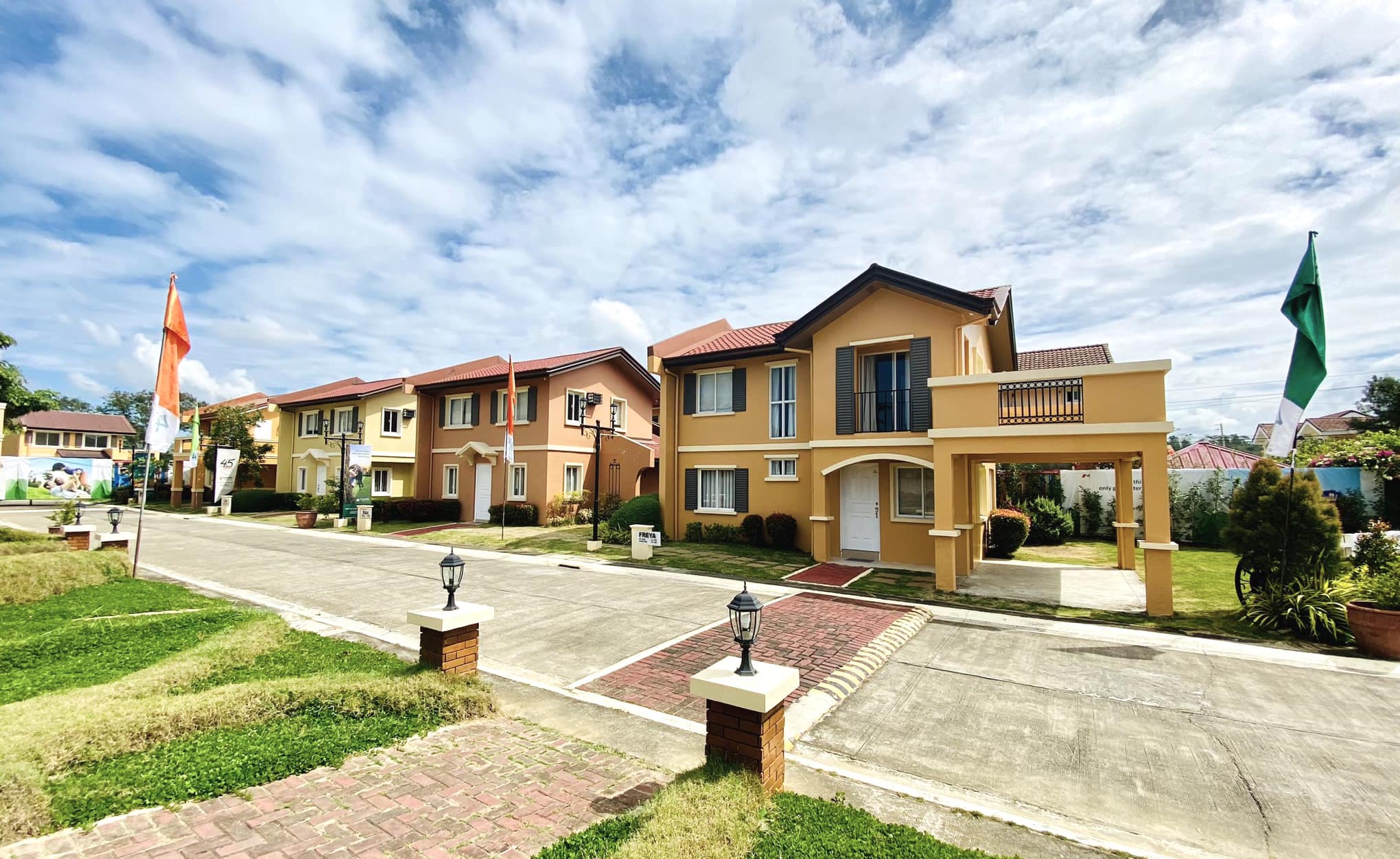
Celebrated every year on November 30, Bonifacio Day is a poignant remembrance of the valiant struggle for Philippine independence and the selfless spirit of Andres Bonifacio, a key figure in the country’s fight for liberty against colonial rule.
Take a deeper look at Andres Bonifacio’s life, the founding of Katipunan, and significant events that shaped the course of Philippine history.
The Self-Educated Father of Katipunan
Born on November 30, 1863, in Tondo, Manila, Andres Bonifacio emerged as a prominent leader during a crucial period in Philippine history. Hardships marked his early life, and he experienced harsh realities of poverty and oppression during the Spanish occupation.
Bonifacio took on the responsibility of caring for his siblings, even going as far as leaving school and taking on multiple jobs to support them. Fueled by a fervent desire for change, he became a catalyst for the revolution that would ultimately lead to Philippine independence.
However, did you know that Bonifacio might be different than how he is generally perceived?
Andres Bonifacio has often been characterized as a common man who relied on forceful methods to fight for Philippine independence and has even been compared to Jose Rizal, a highly educated polyglot and novelist. However, this portrayal is incomplete and misleading. In reality, Bonifacio was a radical intellectual who was self-educated and resourceful. Despite not attending a formal school, he pursued knowledge through reading books and learning different languages, becoming a self-made man.
Although Bonifacio was influenced by Jose Rizal’s ideas and was considered a key figure in the revolution, he was also an avid reader who explored a wide range of literature. Due to the lack of formal education, Bonifacio pursued knowledge by reading a variety of materials, such as biographies of the Presidents of the United States, books on contemporary Philippine laws, international law, liberal newspapers, and pamphlets. He also read novels like Victor Hugo’s Les Miserables and Eugene Sue’s The Wandering Jew, which inspired him in his pursuits.
Given that most of the books and resources that Bonifacio read were written in foreign languages, he had to learn Filipino, Spanish, and English to become fluent in them. Hence, it would be unfair to label Bonifacio an illiterate since he could read more books and speak more languages than the average Filipino.
When he was about 19 years old, he assumed the role of a warehouse supervisor at Fressell & Co., a German company. He received a monthly salary of 20 pesos, which he used to provide for himself and his siblings. This pay was higher than that of a high school teacher. Unfortunately, the government imposed exorbitant taxes that he had to pay, making his earnings less than what he deserved.

The Supremo, the Philippine Revolution, and Bonifacio’s Death
Bonifacio’s involvement in various nationalist movements and charisma laid the groundwork for establishing a secret society committed to liberating the Philippines from Spanish rule. In 1892, he and like-minded visionaries founded a revolutionary government, the Kataas-taasan, Kagalang-galangang Katipunan ng mga Anak ng Bayan (KKK), more commonly known as the Katipunan. The organization’s main objective was to establish an independent Philippine republic.
Under Bonifacio’s leadership, the Supremo and Katipunan earned much support from Filipinos of different social backgrounds who rallied behind the call for freedom. The movement gained momentum, holding meetings and devising strategies to resist Spanish rule.
However, everything changed on August 23, 1896, when Spanish authorities discovered the existence of Katipunan. This forced Bonifacio and the Katipuneros to expedite their plans for a revolution.
On August 24, 1896, Bonifacio led his fellow revolutionaries to the hills of Balintawak, where he initiated the Cry of Pugad Lawin. This act was symbolic, as Bonifacio tore his cedula, a community tax certificate, to signify the start of an armed struggle against Spanish oppression. The Cry of Pugad Lawin was a pivotal moment that sparked a series of uprisings throughout the Philippines, marking the commencement of the Philippine Revolution.
Despite his significant contributions to liberating the Philippines, Bonifacio’s leadership was challenged by Emilio Aguinaldo, a military leader from Cavite who later became the President of the first Philippine Republic. Bonifacio and his brother Procopio were betrayed by their fellow revolutionaries and apprehended by forces loyal to Aguinaldo.
The trial that ensued was wrought with controversy and accusations of treason. Eventually, in May 1897, the Bonifacio brothers were executed in Mt. Buntis, Maragondon, Cavite.
The death of Andres Bonifacio was a mournful event that marked a dark chapter in Philippine history. The very man who had ignited the spark of revolution and led the charge for independence eventually met a tragic end at the hands of those he had considered his allies.
Legacy of Bonifacio Day (National Holiday)
Throughout history, numerous leaders and movements have invoked Bonifacio’s name and ideals to pursue social justice and lasting freedom. His legacy transcends time, resonating with Filipinos as a reminder of the ongoing struggle for a society that is free from oppression and inequality.
Bonifacio Day is not merely a commemoration of historical events; it is a celebration of the enduring spirit of nationalism and the sacrifices made for the freedom of the Philippines. He continues to live on in the hearts of Filipinos, inspiring generations to come with his spirit and story. Bonifacio’s ideals of equality, justice, and selflessness continue to shape the nation’s identity and collective memory.

Check out our House and Lot for Sale Properties
Discover our house and lot for sale properties in the Philippines


